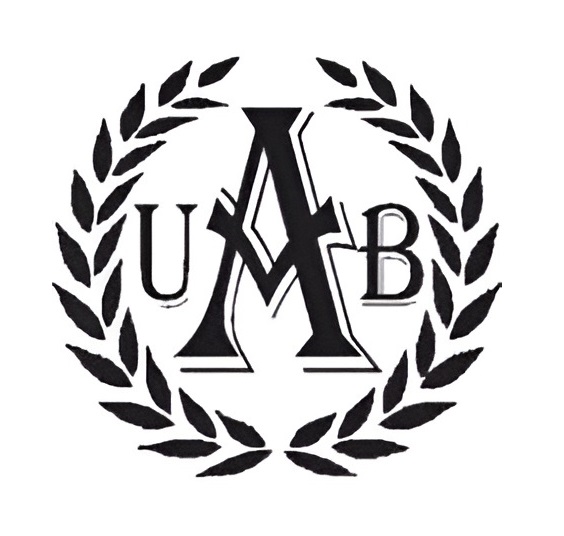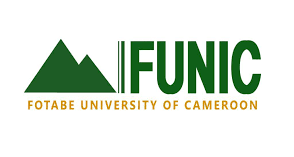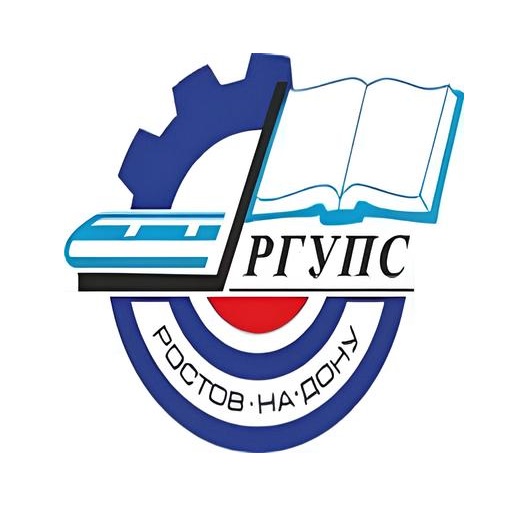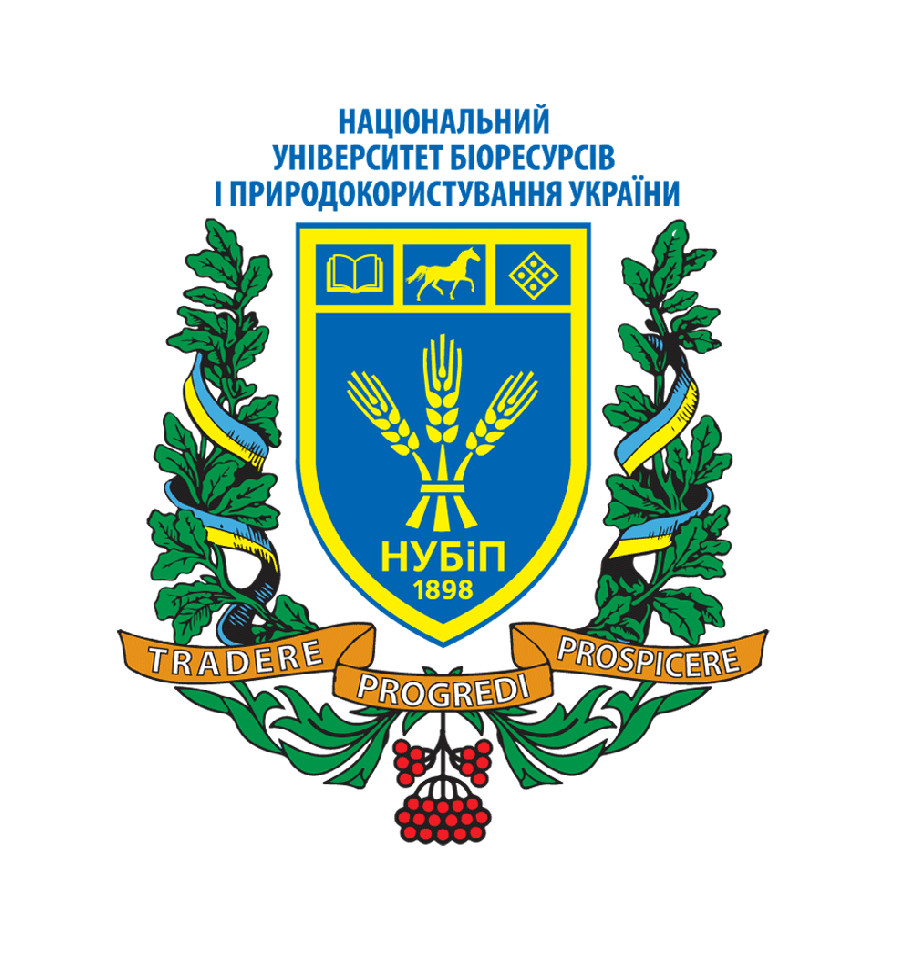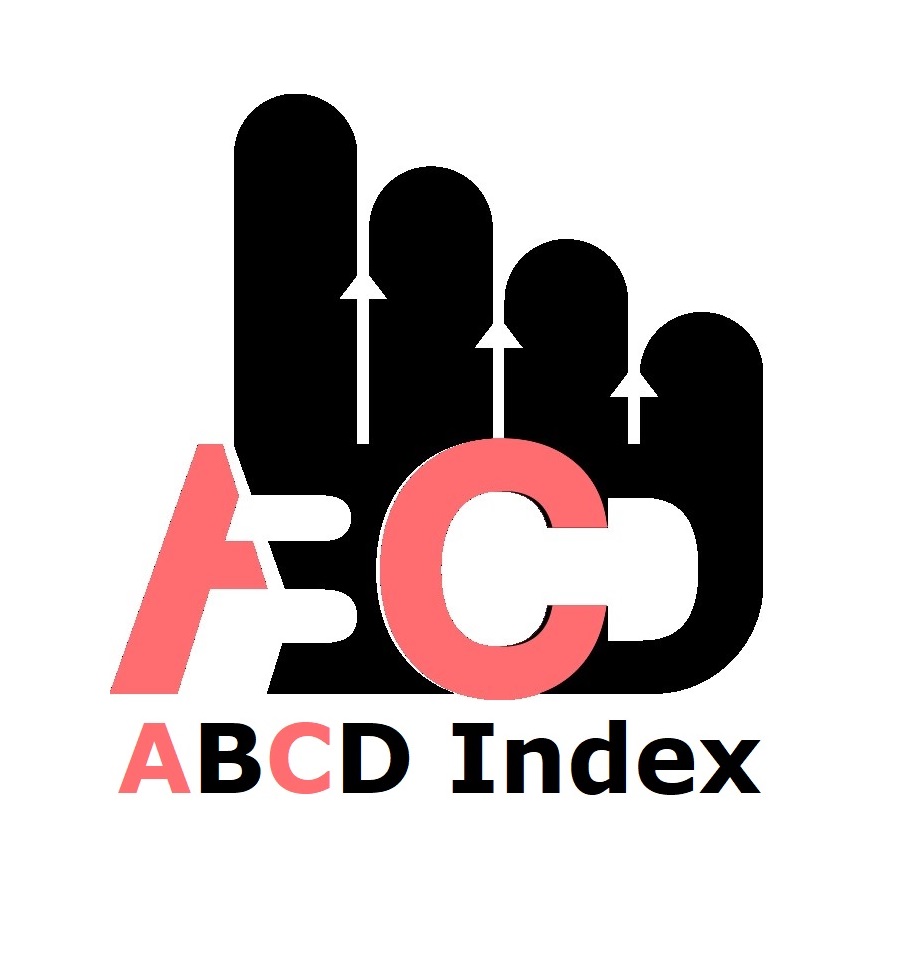English
Mots-clés :
Abrasion Resistance, Elongation, Fabric Quality Attributes, Ghanaian Market, Imported Fabrics, Tensile StrengthRésumé
The research investigated the performance characteristics of three imported wax prints available in the Ghanaian market. Laboratory tests were conducted on the chosen fabrics using standard testing procedures. The evaluated parameters included tensile strength, elongation, dimensional stability, colourfastness, abrasion resistance, and thread count. The collected data were analysed using the Statistical Package for the Social Sciences (SPSS) for Windows version 25. The results indicated that, while the initial tensile strength of the fabrics complied with the specifications of the Ghana Standards Authority, noticeable reductions were observed after washing, particularly in the weft direction. The colourfastness findings were generally satisfactory, although some samples exhibited lower resistance to staining. The selected fabrics met the standard requirements for dimensional stability, but they did not meet the specified standards for fabric weight and yarn count. ANOVA results highlighted significant differences between the three selected fabrics in key quality parameters, including thread count (warp and weft) and mass per unit area. The post-hoc analysis identified Fabric “A” as significantly different from the other fabrics in thread count (warp and weft) and mass per unit area, indicating unique structural features. In summary, the study confirms that while a fabric may initially meet industry standards, its properties may change after washing, particularly in terms of strength and elongation, raising concerns about long-term durability. It is suggested that extensive performance tests be carried out on other fabrics in the market to help meet consumer expectations.
Publiée
Comment citer
Numéro
Rubrique
(c) Tous droits réservés Victoria Doris Hayfron, Patience Danquah Monnie 2025

Ce travail est disponible sous licence Creative Commons Attribution - Pas d’Utilisation Commerciale 4.0 International.
Articles les plus lus par le même auteur ou la même autrice
- Nicholette Vashti Hammond, Patience Danquah Monnie, Hygienic Practices of Bed Linens among University of Cape Coast Students in Ghana , African Journal of Empirical Research: Vol. 5 No 4 (2024): Oct-Dec 2024
- Mercy Ekua Mensah, Patience Danquah Monnie, Quality Characteristics of Selected Zippers on the Ghanaian Market , African Journal of Empirical Research: Vol. 6 No 1 (2025): Jan-Mar 2025









